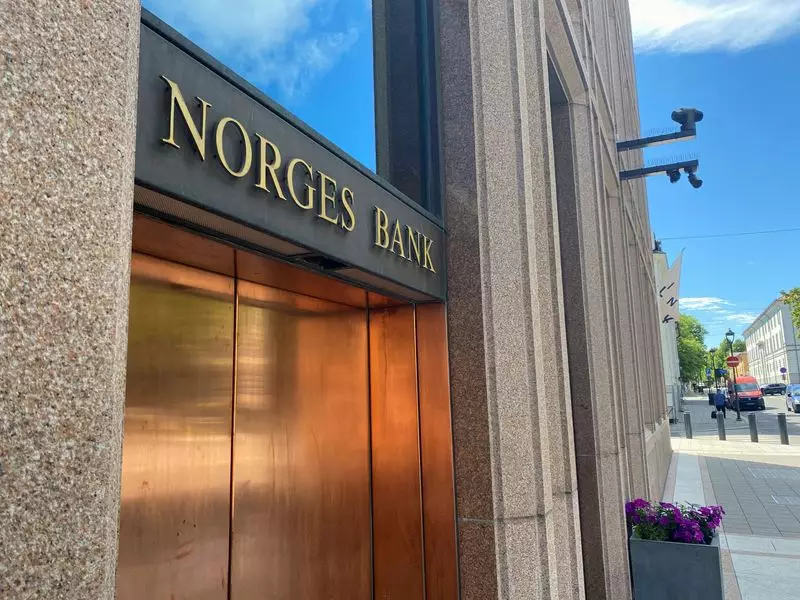In a decisive move reflecting its commitment to combating inflation, Norway’s central bank has opted to maintain the policy interest rate at 4.50%, a figure not seen in the past 16 years. This decision, widely anticipated by financial analysts, underscores the bank’s firm approach to steering the economy during a time of global monetary policy shifts. The Norwegian monetary authority indicated that the current policy remains essential to align inflation with its target range in a timely manner, pointing out that a restrictive monetary stance is still deemed necessary.
Norway’s monetary strategy stands in stark contrast to the recent actions of other prominent Western central banks. While institutions like the European Central Bank, the U.S. Federal Reserve, and the Bank of England have initiated rate cuts this year to stimulate their respective economies, Norway has opted for a more cautious approach. Notably, Sweden’s central bank announced a significant rate cut of 50 basis points earlier in the day, indicating a potential for further reductions contingent on prevailing economic conditions.
This divergence in monetary policy highlights the unique economic landscape faced by Norway. The domestic outlook, as communicated by Norges Bank Governor Ida Wolden Bache, suggests stability. According to her statement, there have been no significant changes in economic forecasts since the last review, with indications that the policy rate could remain unchanged throughout 2024.
Recent trends in inflation provide context for these monetary decisions. Although Norway’s inflation rate has moderated since its peak of 7.0% in June 2023, it continues to hover above the central bank’s target of 2.0%. Recent reports from September highlighted a core inflation rate of 3.1% year-on-year, suggesting that while there’s a positive trend, challenges remain. Economists assert that fluctuations in the Norwegian krone, which has shown signs of weakening, exacerbate inflationary pressures. A depreciating currency raises the cost of imports, thereby influencing consumer prices. Conversely, a strengthening crown could offer some relief by tempering inflation.
Looking Ahead: Economic Forecasts and Outlooks
As the central bank positions itself heading into 2025, it acknowledges the importance of subsequent economic indicators. The next monetary policy meeting scheduled for December holds potential for reassessing forecasts as additional data becomes available. The bank’s current strategy reflects a calculated assessment to balance growth and inflation control, while considering international trends and internal economic signals.
The Norwegian central bank’s steadfast approach emphasizes its dedication to maintaining economic stability in the face of evolving global challenges. While other nations may be loosening their monetary grips, Norway remains cautious, prioritizing long-term financial health over short-term stimulus. As the year draws to a close, all eyes will be on how these policies play out in the context of both domestic economic indicators and global financial trends.


Leave a Reply